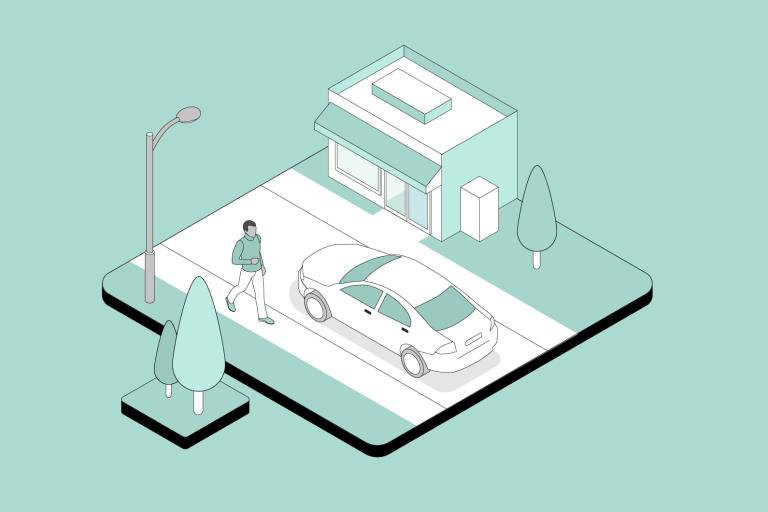Introduction to designing for lower traffic speeds
Residential streets should be designed for speeds of 20mph or lower to improve safety and placemaking.
Lower traffic speeds enable the creation of active places. Lower traffic speeds reduce conflicts between motorised vehicles and people walking, wheeling and cycling.
All residential streets should have a maximum speed of 20mph. This should not only apply to secondary and tertiary residential streets, but also main streets where they pass through residential and mixed-use areas.
Reducing speeds and the dominance of cars support placemaking, especially if streets have a high-quality and attractive design that also works to lower speeds.
New residential streets need to be designed for lower speeds from the outset. For existing streets, changes to the speed limit will have a limited impact unless there are traffic-calming measures included on the street. For instance, main streets have straighter alignments, which means they have not been designed for lower speeds and could need additional measures.
Traffic-calming measures need to be well-designed to avoid any issues for cyclists and disabled people. Effective features, such as narrowing the road using greenery, can contribute to a high-quality street environment. Other features are better avoided or should be used sparingly. Learn more about traffic calming.
Where traffic volumes and speeds are low, cycling on the carriageway will be appropriate for most people. Where the 85th percentile speed exceeds 20mph, cycle facilities will require physical segregation from motor vehicles. Pedestrian crossings should meet the needs of all road users.
Zoning
It may be beneficial to introduce a zone of multiple streets to a residential area, called a home zone. A home zone offers a high-quality street environment, where people walking, wheeling and cycling are prioritised. This can involve shared spaces.
Good and effective consultation is important to ensure that design meets the needs of residents. Engagement should happen with all sectors of the community, including young people and disabled people.
It is preferable that a home zone is formally designated through the Quiet Lanes and Home Zones (England) Regulations 2006 to make sure that all proper steps have been followed.




